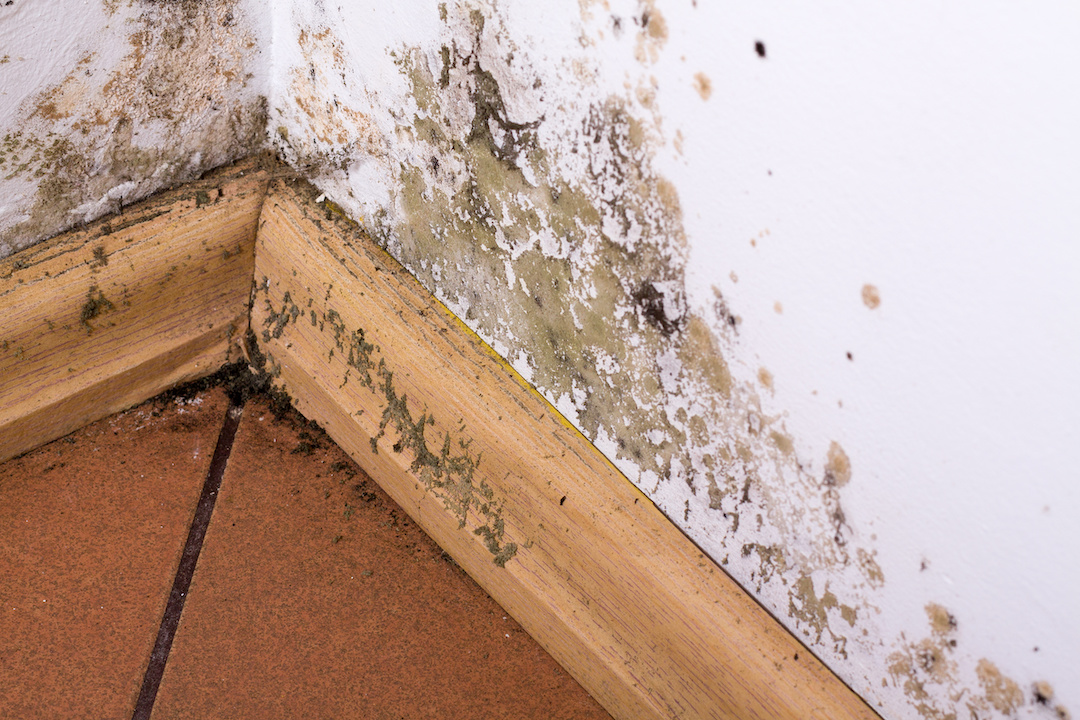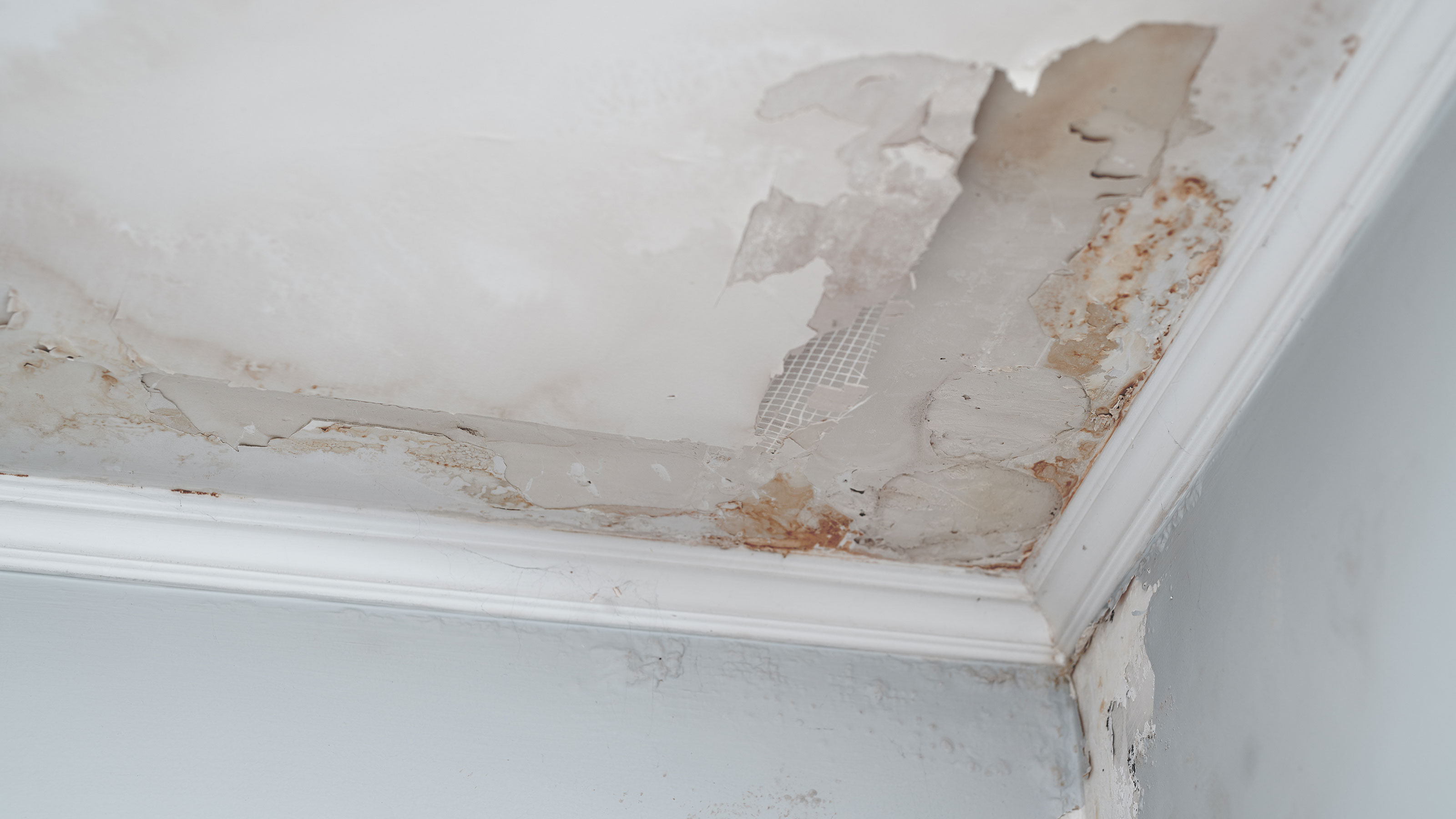Emergency Water Leak Repair to Prevent Further Property Destruction
Wiki Article
The Refine of Water Damage Clean-up: Guaranteeing Your Home Is Brought Back Properly
Water damage can be an overwhelming difficulty for home owners, demanding a thorough and structured cleaning process to restore safety and security and capability. Initially, a detailed evaluation is important to recognize the degree of the damage and identify the suitable remediation procedures. Following this, effective water removal strategies play a pivotal function in mitigating further damage. However, the nuances of drying, sanitizing, and ultimate restoration are equally necessary and commonly ignored. Comprehending these stages can make a significant difference in the result of your home's repair, motivating a closer take a look at what each step requires.Analyzing the Damages
Upon discovering water damage, the initial step is to completely analyze the degree of the effect. This initial analysis is critical, as it helps identify the necessary steps for effective cleaning and restoration. Begin by inspecting the influenced areas, consisting of walls, ceilings, floorings, and personal items, to identify the resource of the water intrusion, whether from flooding, leaks, or condensation.Recording the damage is important for both insurance cases and preparing remediation initiatives - damage restoration services. Usage pictures and written notes to capture the extent of the damages, keeping in mind any kind of damaged structural aspects and materials. Pay special interest to locations that might not be quickly noticeable, such as behind wall surfaces and under carpets, as concealed wetness can bring about further difficulties, including mold and mildew development
In addition, analyze the timeline of the water direct exposure. Inevitably, a comprehensive analysis lays the foundation for an effective water damage clean-up process, ensuring that all influenced locations are attended to properly and completely.
Water Removal Methods

Experts typically utilize submersible pumps for larger quantities of water, which can quickly ease flooding in basements or various other affected locations. For smaller amounts, wet/dry vacuum cleaners are frequently utilized to remove recurring dampness from rugs and difficult surfaces. Furthermore, using portable extractors enables targeted removal in constrained areas or areas with fragile products.
In circumstances of contaminated water, such as sewer or floodwater, advanced removal techniques may involve making use of biohazard tools to make sure safety and security and compliance with health and wellness laws. High-powered removal tools are important in minimizing water retention in structural materials, which can result in mold development and structural damage if not addressed promptly.
Eventually, the efficiency of water extraction methods plays a crucial role in the total success of the water damage clean-up process, preparing for succeeding remediation efforts.
Drying and Dehumidification
When standing water has been properly extracted, the next crucial phase in the water damages cleanup process is drying out and dehumidification. This step is important to prevent further damage and mold and mildew growth, which can occur within 24 to 48 hours in damp atmospheres.To accomplish effective drying out, customized devices such as industrial-grade air moving companies and dehumidifiers is used. Air moving companies flow air across damp surfaces, boosting dissipation prices, while dehumidifiers reduce moisture levels in the air, promoting a favorable setting for drying out. The combination of these devices makes certain that dampness is attracted out from floorings, wall surfaces, and home furnishings, enabling them to dry extensively.
It is essential to monitor the drying out process closely. Specialists frequently utilize wetness meters to evaluate the wetness web content in different materials, guaranteeing that all influenced locations reach acceptable dry skin levels. This meticulous strategy assists to stop surprise moisture pockets that could cause structural damages or unhealthy mold growth.

Cleaning and Disinfecting
After the drying out and dehumidification phase is complete, the following important action in water damages cleaning is cleansing and sanitizing the affected areas. This procedure is important to avoid the growth of mold, bacteria, and other pathogens that prosper in wet atmospheres.The cleansing stage usually includes removing any type of particles, dirt, and pollutants from surfaces making use of specialized cleansing representatives. For tough surfaces, a combination of soap and water or commercial cleansing items is typically employed. Soft materials, such as furniture and carpetings, may require extra comprehensive cleansing methods, consisting of steam cleaning or deep removal strategies, to guarantee comprehensive hygiene.

Sterilizing complies with cleansing, making use of EPA-approved anti-bacterials to remove harmful microbes. This step is necessary, especially in areas that might have entered into call with floodwaters or sewage, as these resources can pose major health risks.
Additionally, it is crucial to resolve any continuing to be odors, which might need using odor neutralizers or innovative techniques like ozone therapy. Correct cleansing and sterilizing not just bring back the security and health of your home however additionally lay the groundwork for successful restoration and repairs in succeeding stages of the water damages cleanup procedure.
Remediation and Fixings

When the assessment is total, remediation efforts can begin. This typically involves fixing or changing damaged products, making certain that all work adheres to regional building ordinance and requirements. If drywall has been compromised, it will certainly require to be eliminated and replaced with new product. Furthermore, flooring might need comparable attention, relying on the degree of water direct exposure.
It is crucial to engage seasoned repair experts during this process, as they have the know-how to manage complicated repairs efficiently. They can assist minimize possible future concerns, such as mold growth or structural instability, hence making certain a habitable and risk-free living atmosphere. Eventually, effective restoration and repairs recover the home's stability and boost its total value.
Verdict
To conclude, the procedure of water damage cleaning is important for recovering a home to its pre-damage problem. Each phase, from evaluating the damages to carrying out efficient water removal techniques, adhered to by complete drying out, sterilizing, and required repair services, plays an important duty in guaranteeing security and compliance with building criteria. Effective execution of these steps not just mitigates immediate damages yet likewise enhances the lasting stability and worth of the building.Water damage can be an overwhelming difficulty for house owners, necessitating a organized and careful clean-up procedure to restore security and functionality. Eventually, a comprehensive evaluation lays the foundation for a successful water damage cleanup procedure, ensuring that all affected areas are resolved properly and thoroughly.
Efficient water removal methods are necessary in minimizing damage and preventing further difficulties following a water invasion occasion.In conclusion, the procedure of water damage cleanup is important for bring back a home to its pre-damage problem. Each phase, from assessing the damages to applying efficient water extraction techniques, complied with by extensive drying out, disinfecting, and required repair work, plays a vital function in making sure security and compliance with building criteria.
Report this wiki page